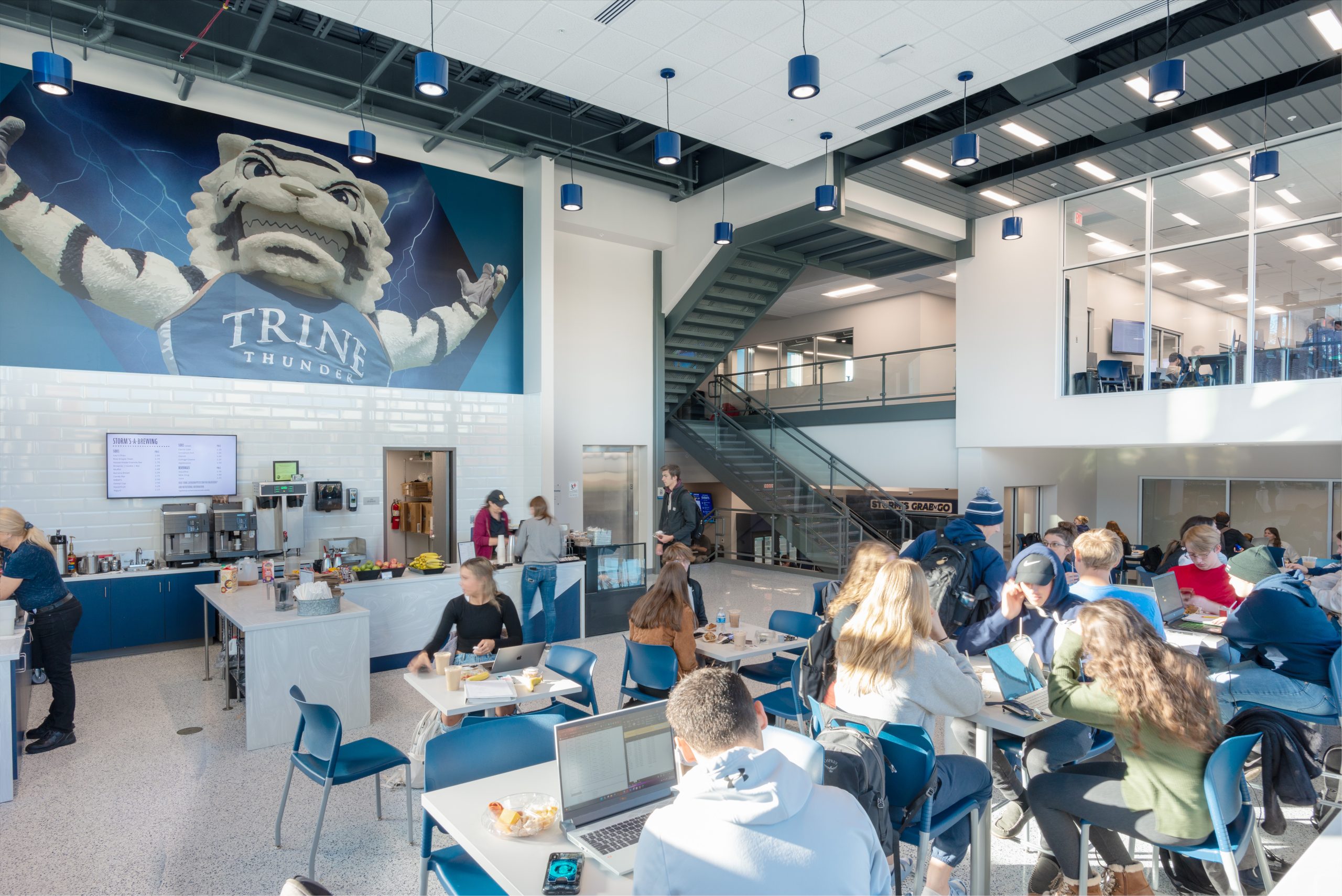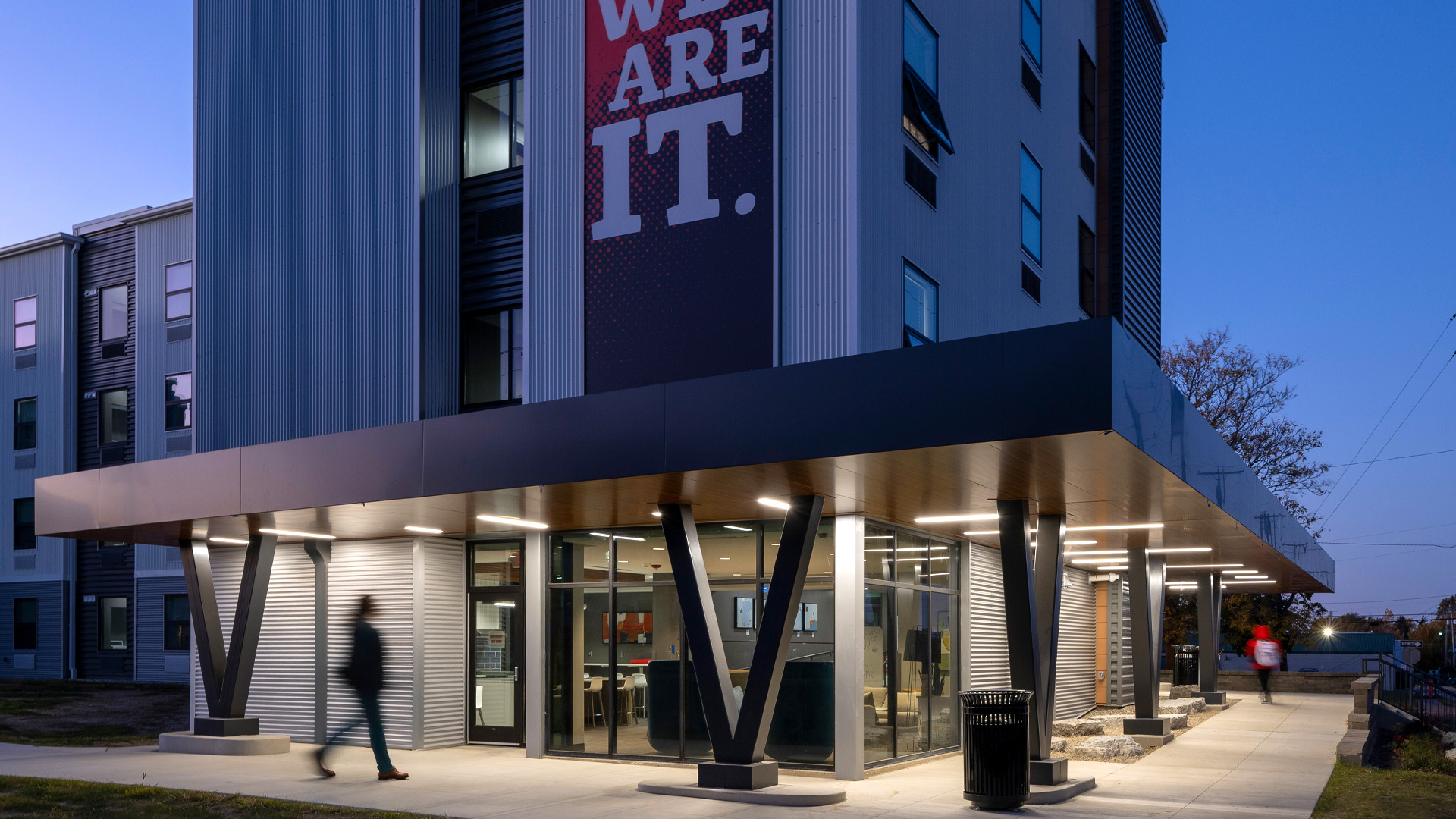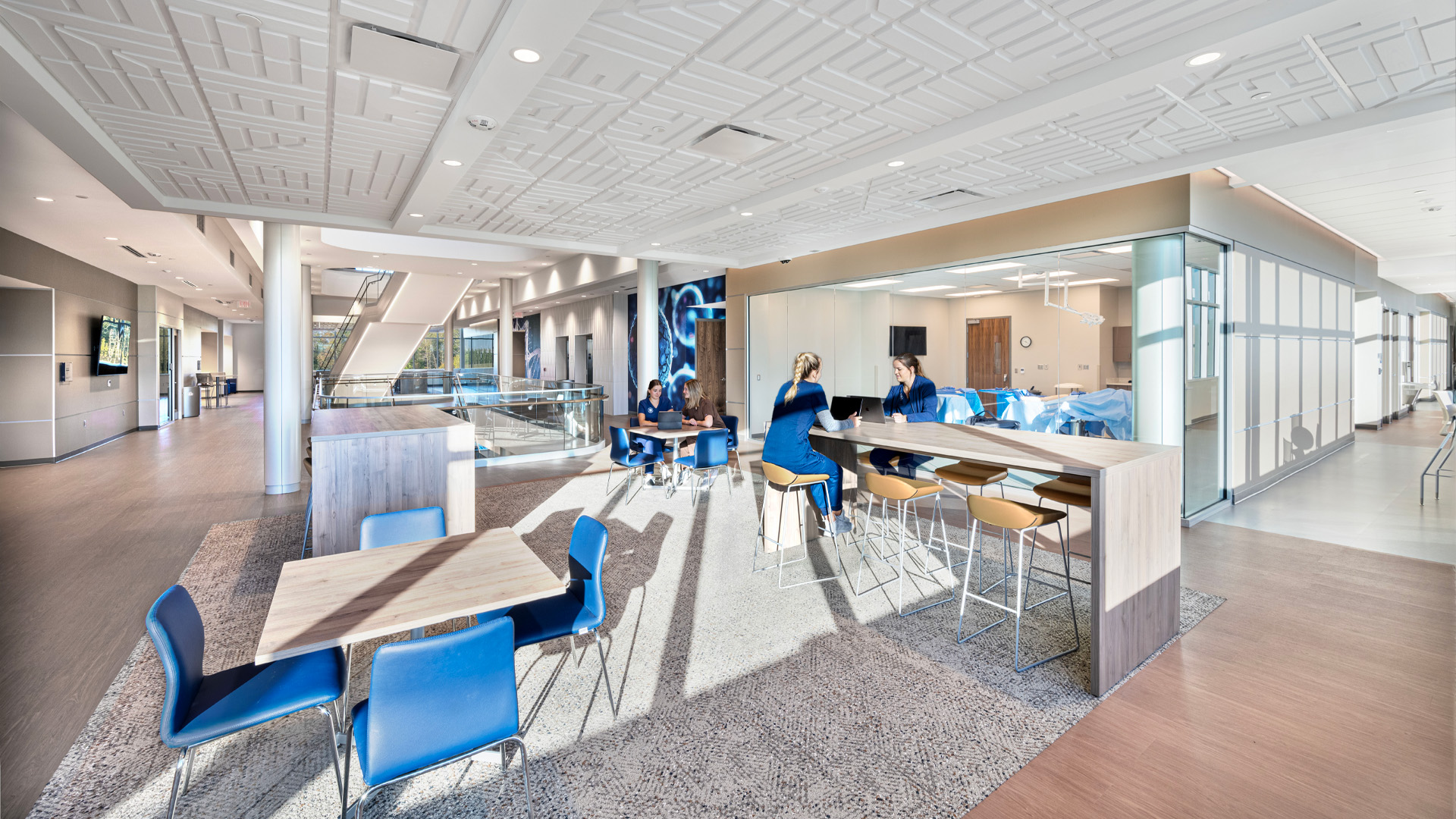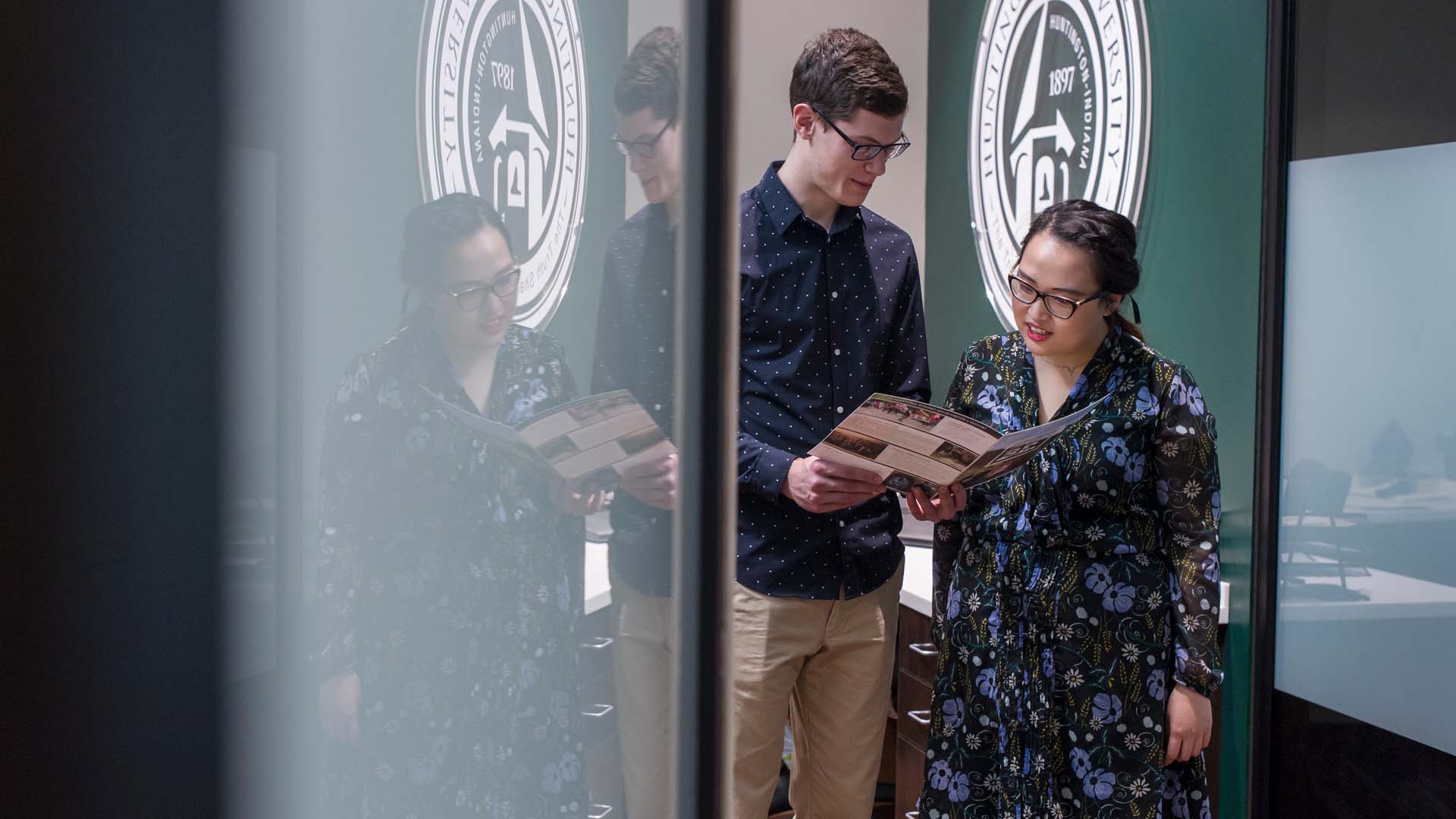Designing for First-Gen Success: Turning Insight into Action on Campus
By Nathan Woods, AIA, NCARB
June 4, 2025Post Tagged in
First-generation college students—those whose parents did not complete a four-year college degree—represent more than a statistic; they’re at the forefront of a shifting academic landscape.In our blog, “First-Gen First: Education Design for the First-Gen College Student,” we explored how design can act as a bridge to academic and emotional success for students who are navigating uncharted waters. But understanding the challenge is only the beginning. Now, it’s time to turn that understanding into action. Let’s examine how colleges and universities can rethink their spaces—from residence halls to academic corridors—to become truly student-ready. In this article, we’ll look at practical frameworks for creating environments that are physically navigable, emotionally supportive, and financially sustainable for first-gen students. |

|

 |
Why Now? Because One Size No Longer Fits AllOne in three college students in the U.S. is first-generation, according to the National Center for Education Statistics (NCES). These students often face barriers not just in the classroom, but across every corner of campus life—from wayfinding and financial strain to isolation and lack of mentorship. Designing for these students is about removing unnecessary barriers and helping more students succeed on campus. Institutions that make this commitment position themselves as leaders in inclusion, innovation, and student success, which can ultimately lead to increased enrollment, stronger retention, higher graduation rates, and more satisfied students. |



